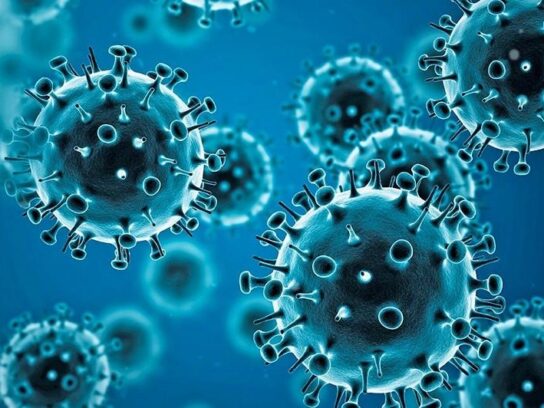
Montgomery County has returned to a level of low COVID-19 community transmission and is seeing a decline in related hospitalizations, officials said during a media briefing Thursday.
“More COVID patients are being discharged from hospital stays and fewer are entering the hospital,” County Executive Marc Elrich said.
“This is welcome news after several weeks when it seemed emergency rooms and EMS responders were being pushed to the brink of a crisis,” he said. He said those who are unvaccinated are the biggest contributor to needing a hospital bed.
In recent months, hospital leaders have discussed high emergency department volumes and impacts on the amount of time patients spend in emergency rooms. In December, the county had moved from low to medium community level transmission.
According to a release last month from the Maryland Hospital Association, most hospitals in the state were more than 90% full and many were 100% full.
As of Monday, there are 21 fewer COVID-19 patients at primary acute care hospitals compared to the prior week and 11 fewer patients at the alternate care site.
“This is very encouraging news as we move out of January,” Public Health Emergency Preparedness Manager Sean O’Donnell said. He said overall emergency department visits have come down over the last week as well.
“We are cautiously optimistic with where we are seeing COVID go now that we have moved into the low levels of community spread,” County Health Officer Dr. Kisha Davis said. She said it is still important to get a COVID-19 booster shot.
Elrich noted that this week, President Joe Biden announced the federal government will end its declaration of a national COVID-19 emergency in May. Elrich said it means funding will “dry up” for vaccines, testing and other public safety measures that the federal government has been reimbursing for state and county governments.
He added it will impact student loan forgiveness and Medicare/Medicaid benefits regarding COVID-19.
Elrich said the county plans to continue offering free rapid test kits and scheduling COVID-19 vaccine appointments through the end of the fiscal year, which is June 30.
Chief of Public Health Services Dr. James Bridgers said officials are “doing a deeper dive” to see how the county can sustain testing and vaccination efforts after the federal assistance ends.


Comments are closed.